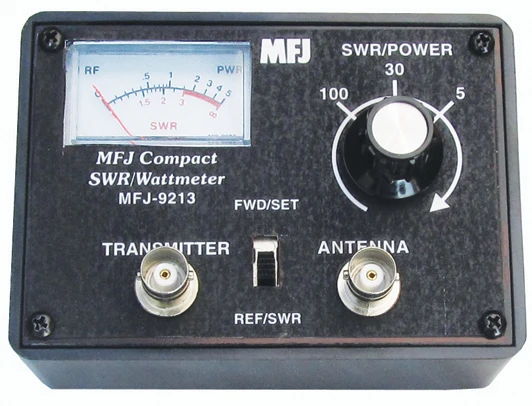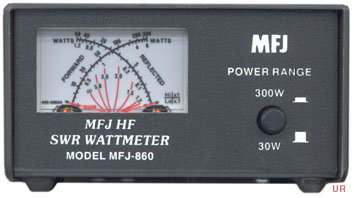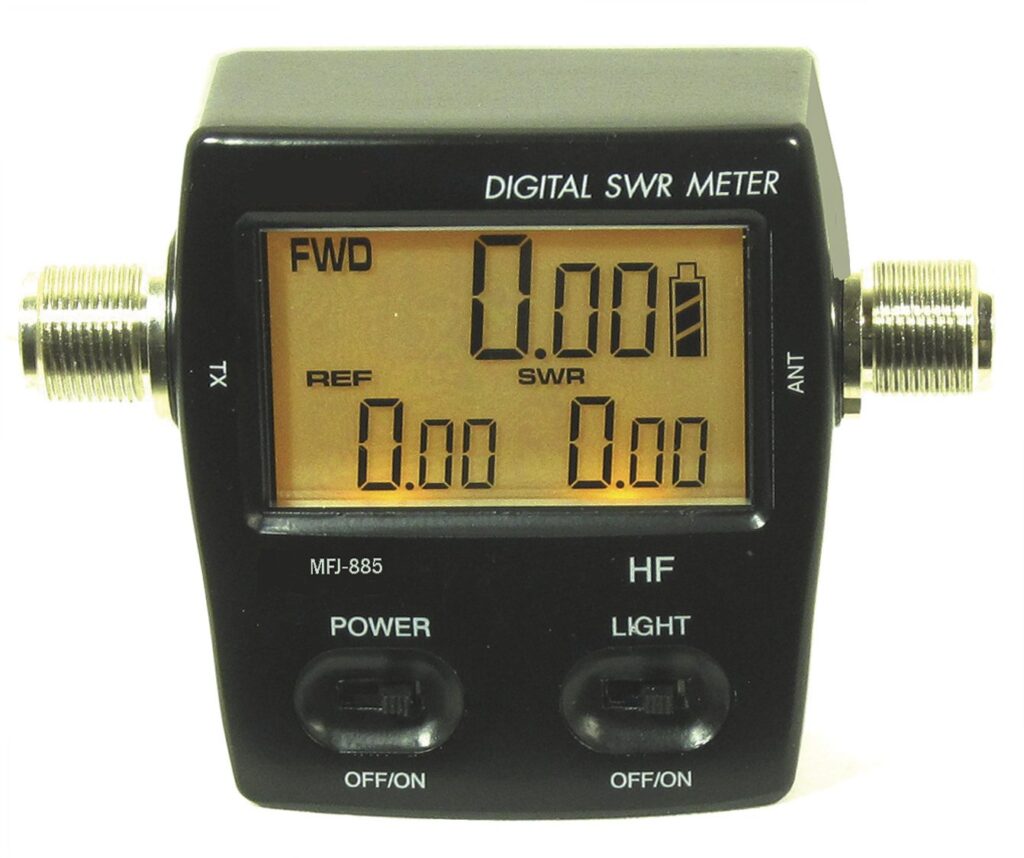Echo Team welcomes our newest members: David KI7TTS and Chris N7TTD. Our active membership count is now 111.
A great COVID-19 project might be the installation of a new mobile radio, or to inspect and do some maintenance on an existing installation!
Installation Items to Think About
- Never use existing vehicle wiring to power any amateur radio gear. This includes fuse taps and accessory sockets!
- Factory-supplied 120 volt inverters may cause RFI, and arcing can occur between the springloaded tip of the accessory socket plug and the positive contact inside the socket.
- Solid wire should never be used in a mobile installation. This includes CAT5 cable often used as a less expensive alternative to factory-supplied, modularized cables.
- Most mobile transceivers operate on 13.8 VDC. If the voltage drops much lower than 12.2, most transceivers will simply shut off or have lower power and transmission quality issues. Use of #12 gauge wire will work for most installations and prevent voltage drops.
- Twist-on wire nuts should never be used as a splice.
- One of the most important requirements for secure terminations, is using the right crimping tool.
- Using the wrong size terminals such as #12 terminals for #18 wire is a common error. Use the correct size and try to use ring connectors.
- All connectors should be both crimped and soldered to insure strength and low resistance connections. Try to avoid butt connectors.
- Insulation temperature rating of vehicle wiring should be at least 90°C (195°F) in the passenger compartment, and 105°C (220°F) in the engine compartment.
- All exposed wire should be covered with protective split loom.
- Abrasion resistance is also important. XLP and PVC insulation materials are both acceptable, if they’re rated at the correct temperatures.
- Correctly installed wiring should be out of sight, protected from abrasion and sharp edges, and positioned in such a way as to eliminate hazards and interference from or to vehicle wiring and controls.
- Do not use vinyl electrical tape to secure the cables. Although the vinyl may not fail, the adhesive eventually becomes elastic which allows the tape to unwrap.
- All wiring should be secured to prevent vibration damage to the insulation and/or connection points.
Power Connection Concerns
- Some aluminum-bodied vehicles require special installation practices with respect to galvanic corrosion. Check the factory recommended installation procedures.
- Preferably connect the positive power to the positive battery terminal and the negative lead to the same chassis grounding point as the battery’s chassis ground point and not to the battery negative terminal.
- The negative lead fuse should not be removed. If the grounding point should lose its integrity, excessive current could flow through the transceiver’s negative lead.
- It should be noted that, in some cases, the battery’s chassis grounding point is inaccessible. If this is the case, attach the transceiver’s ground connection as close as possible.
Maintenance Items to Consider
- Time, dirt, and oxidation can cause connections to increase in resistance, which increases the voltage drop, so part of routine maintenance should include removing and reinserting fuses, power pole splices, and even transceiver-mounted power connectors.
- There will always be some level of common mode current flow in any mobile installation. Poor antenna mounting techniques (mag and clip mounts) and locations (trailer hitch and bumper mounting) increase the level and proper choking of these currents must be applied.
- Twisting the positive and negative power leads together to enhance noise immunity and/or cure alternator whine and/or cure ignition and RFI are myths.
- Your transceiver fuses are normally ATC style, while most automotive fuses are ATO style.
Terminal Blocks
If possible, consider installation of a terminal block such as the RigRunner 4005. Connect the terminal block to the battery and battery chassis ground, and remember to fuse both leads. Now you have several power pole connection points in your vehicle to attach radios and other devices. Excess cabling should be shortened as required.
Unfortunately, some amateurs just can’t bring themselves to cut up a factory power cable. If you need to extend the cable later, take that cutoff piece (you did save it because you’re a typical ham, right?), apply power pole connectors to it, and you’re back to a full-length cable.
Automatic antenna tuners: the magic box that makes everything great! Before we get one and expect it to provide us with winning lottery numbers, the location of the Lost Dutchman mine, or the ability to talk to the International Space Station on your HT, let’s look at what it does.
The basic antenna tuners want to add inductance or capacitance to your antenna system, and why do we want to do that? For an antenna to be resonant and work the best, the physical length has to match the wavelength of the frequency we are transmitting.
If we put a random length of wire up in a tree as an antenna,
- it is going to be too long for some frequencies (poor match),
- it will be too short for some frequencies (poor match),
- and it will be just right (resonant) on certain frequencies (good match).
By adding inductance or capacitance, we are able to fool the transmitter into thinking the wire is the correct length and matches the transmitter, and when the transmitting frequency matches the length of the wire, we don’t use the tuner.
So, keep in mind, if you are using an antenna that is already resonant or tuned for the frequency that you intend to use, a tuner may actually make things worse. As the old saying goes, “if it’s not broken, don’t fix it!” If you’re having trouble tuning or transmitting on your antenna, try bypassing the tuner; you may find the antenna is matched and your transmitter is now happy. But, if you do find yourself using a random wire as an antenna (mine is 53 feet long…), you will certainly want an antenna tuner to do the magic and make the wire appear to change lengths to match your transmitter frequency.
Our July 23 ARES meeting will be on the air on 146.840- (MC1). Adam KF7LJH will be leading an SSTV practice exercise. Information on how to set up on your phone or a SignaLink will be sent prior to July 23. We are asking for you to check in via Winlink on the Winlink check in template form. More details will be sent prior to the date.
Be sure you have Saturday July 18 on your calendar for the mobile ARES exercise, “GPS Food Drive – Drive”. This should be a fun one and will get you out of the house and traveling to various checkpoints. Your food donations will go to those who need help feeding their families. You should already have the drill guide in your email. If not, send an email to leadership [at] multnomahares [dot] org and we can send you a copy. You will not want to miss this as we have several surprises for you along your way through the course.
The MCARES annual “Raffle” is coming soon! There are some great items this year. We have figured out a way to do this even though we are not currently meeting in person. Look for an email later in July. This year the raffle is raising funds to equip and build the “Spartan” trailer project.
We all really miss getting together in person and hope this COVID pandemic will get stamped out at some point. Stay safe!
We clocked 237 volunteer hours during the month of June, and we’re currently standing great with 108 active members!
Our June 25 ARES meeting will be online using Webex. Nate NA7EE will be talking about field stations. We hope you will join at 7:00PM. A link will be sent prior to the meeting, so watch your email.
The May and June Winlink drills from home were a great success. We appreciate our members who have participated and honed their skills. Remember to open your Winlink application every month to get the latest updates. Mark Saturday, July 18 on your calendars for the mobile ARES exercise. This should be a fun one and will get you out of the house and traveling to various checkpoints. I think we are all ready to get out of the house for a while! Watch your email for more details.
If you want to monitor you system’s performance, a good SWR (standing wave ratio) meter is a key piece of hardware. With a quick glance at the meter, you can see how your radio, coax and antenna are working. SWR meters come in many shapes, sizes, and styles.

Direct reading meters such as the MFJ-9213 can be identified by a FWD-REF switch and a common dial with a single needle. These meters require the user to set the switch to FWD (forward power) and then push the microphone PTT button and stay in the transmit mode while adjusting the meter to the SET or CAL line on the meter. Then release the PTT button, set the meter to REF, and key the microphone again while reading the SWR value on the meter.

Dual or cross needle meters such as the MFJ-860 require no adjustment. Push the microphone PTT button and one needle will show the power output, while the second needle will show the reflected power. The place on the meter where the needles cross indicates the SWR.

Digital meters such as the MFJ-845 require no adjustments and are the easiest to use. Just push the microphone PTT button and directly read the values from the digital display.
So what does this thing tell me? It will tell me if my transmitter is putting out the correct power. It will tell me how much of that power is being reflected back to the transmitter and it will tell me how well my antenna system is matched to the frequency I am using.
One very important detail about SWR meters is that they are frequency specific. Using an HF meter to test UHF frequencies will result in bad readings. So always make sure that you are using an SWR meter that matches the frequency you are transmitting on. There are many of the old CB meters out there – but remember they were made to monitor frequencies around 27 Mhz and do not work well on other frequencies.
For the month of May, we had 272 volunteer hours. We currently have 109 active members. Also, Eric N9WJQ has rejoined the Bravo team. Welcome back, Eric!
Becoming involved in amateur radio was a surprise to me. When I retired I looked around for a volunteer activity and subsequently joined the Laurelhurst Neighborhood Emergency Team. After a couple of years a colleague suggested we get our Technician license. I thought, “why not?”
Since then it has been a two-year journey of buying equipment and becoming familiar with the technology. I have an ICOM-7100 and a Kenwood D710 in my go-kit. Recently my Elmer, Dana K6BRR, helped me install a 40M Inverted-V antenna. Future projects include working with digital modes using VARA FM and HF. I also co-host a weekly simplex net to encourage amateur radio operators to get on the air and to do propagation testing within the neighborhood.
I am retired from the Boeing Company where I spent half my career in Washington, DC and half in Seattle. I have always enjoyed working on large programs so Boeing was a good match. I worked on Department of Defense contracts and a 10-year program to re-engineer the Commercial Airplanes business processes.
I share my passion for amateur radio with a passion for travel. Some of my more interesting travel adventures have included going through Checkpoint Charlie into East Berlin in the 60s, working in Venezuela, hiking in Lapland, and studying French in Provence. I also spend time gardening, quilting, and practicing yoga and Tai Chi.
It has been a great journey into amateur radio so far – thanks to the members of the MCARES and Portland NET ARO communities who have been so generous with their time and expertise.
DO
- Listen to Net Control’s instructions and check in as instructed, giving all information asked for, and nothing else.
- Check in with your call sign phonetically. After this, you do not need to give it phonetically.
- Especially on repeaters: PTT – inhale – talk; on linked repeaters: PTT – count to three – inhale – talk.
- To eliminate doubling with someone else, listen before you talk.
- If there is a double that doesn’t involve you, wait for net control to straighten it out and acknowledge those involved in the double.
- If net control makes a mistake in acknowledging your call sign, say “correction” and then wait to be acknowledge before giving your correction.
- Be forgiving. Be patient.
- GO SLOWLY when transmitting anything the receiving station is writing down. Go even slower if asked to repeat.
- Learn and use ITU phonetics.
- Be efficient. Use pro-words and “short talk” such as: “with traffic”, “I say again”, “correction”.
- If asked to repeat something, repeat it and spell phonetically.
- If you are talking for more than two minutes, unkey the mike momentarily to let the repeater reset.
- After check-ins, if you have something to say, give your call sign and wait for net control to acknowledge you before continuing.
DON’T
- Don’t challenge net control on the air.
- Don’t try to check in before net control opens the net.
- Don’t check in early; OK to check in late if you got lost in a double or simply joined late.
- Don’t use Q codes.
- Don’t sign in and say “no traffic.” Just say “with traffic” if you do have traffic to relay.
- Don’t say “I pause,” or “I’ll let this drop”, etc. when you unkey the mike.
- Don’t follow along and break protocol if you hear others doing so.
- Don’t leave before the end of the net without signing out.
- Don’t check in again if you are not recognized immediately. Instead, wait for net control to acknowledge the next group of check-ins. If you are not recognized then, try again in the next group or at the end of check-ins when net control asks for “late or missed stations.”